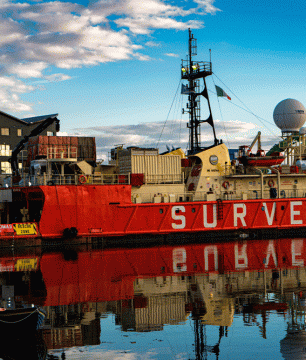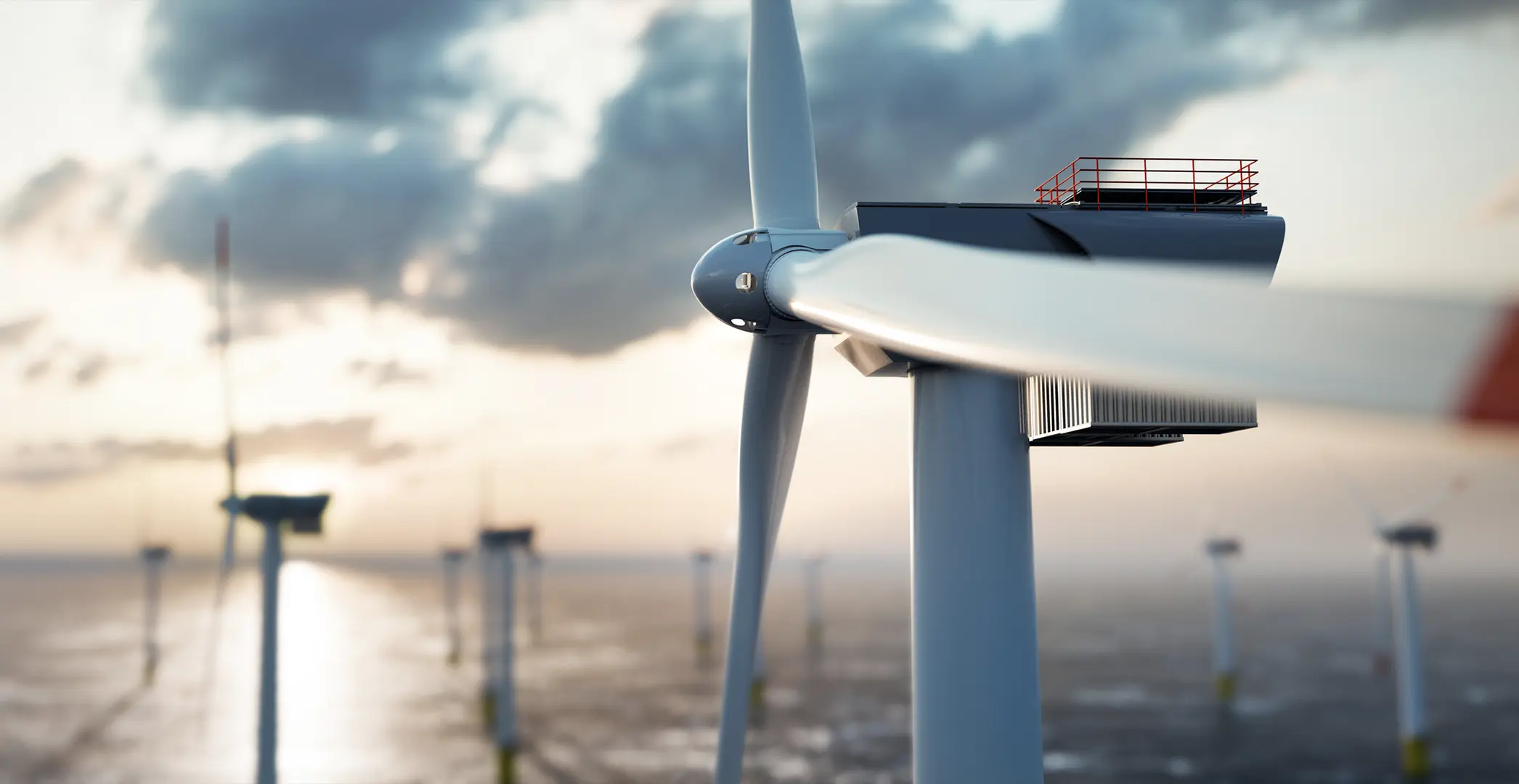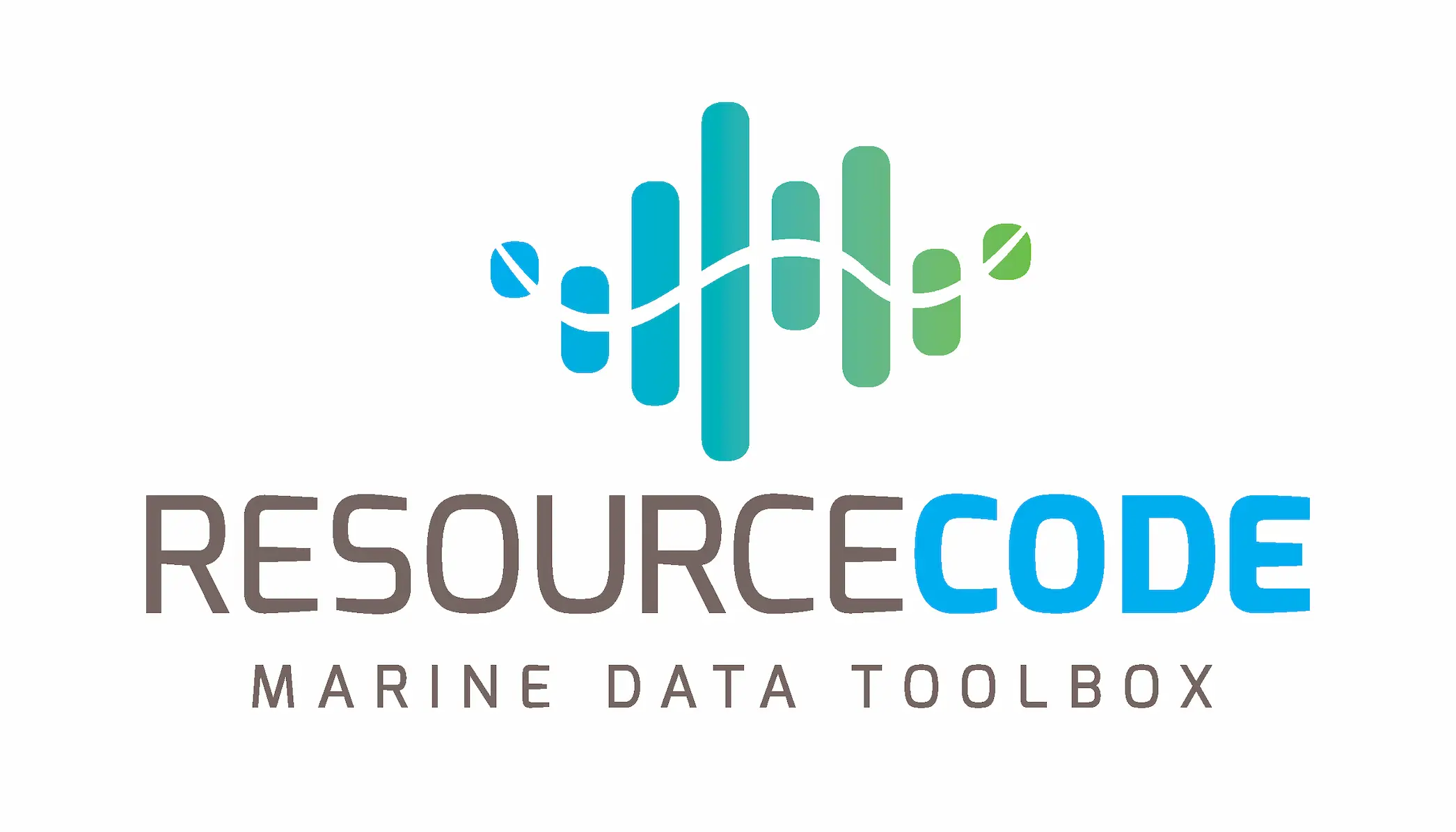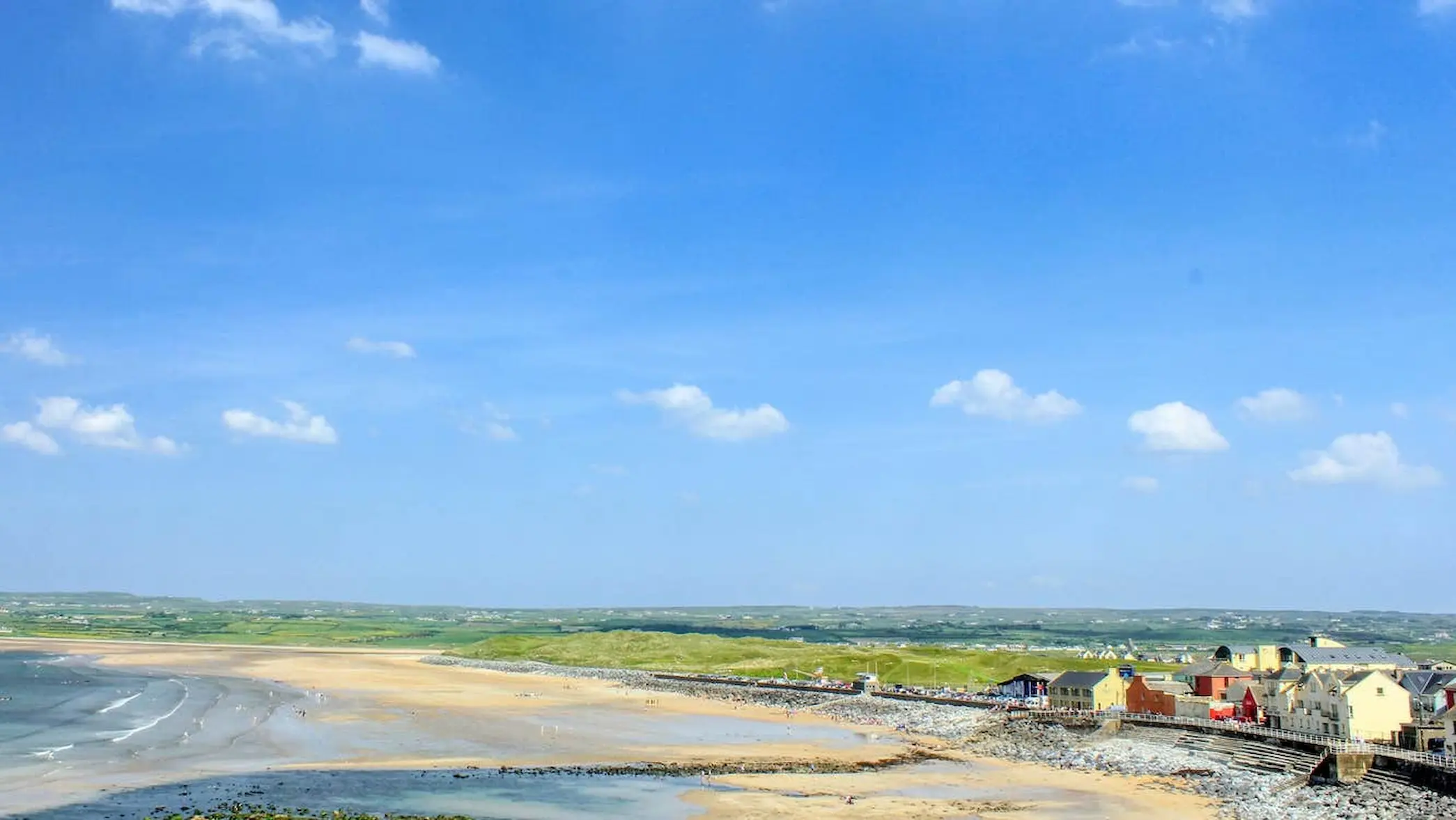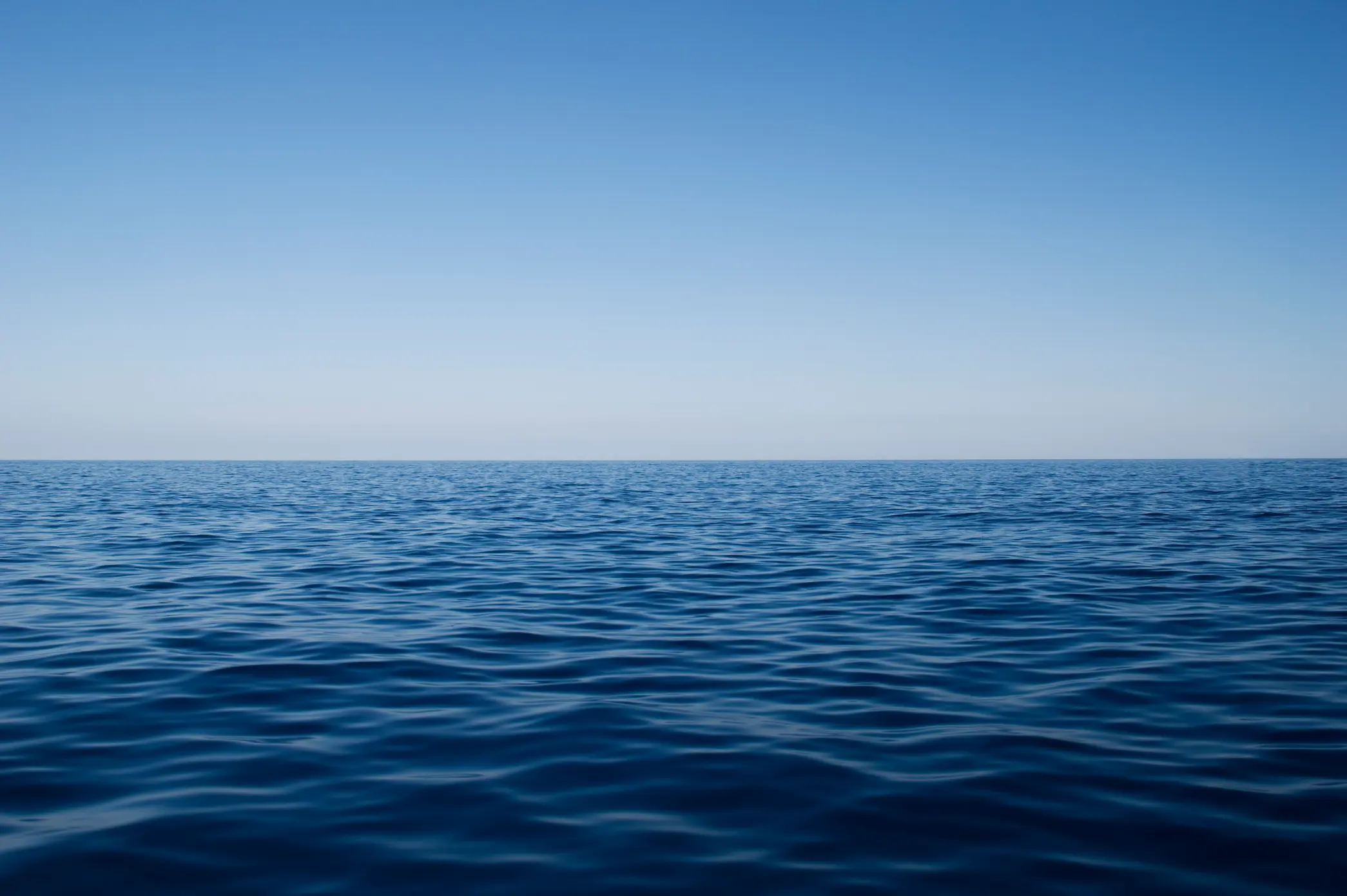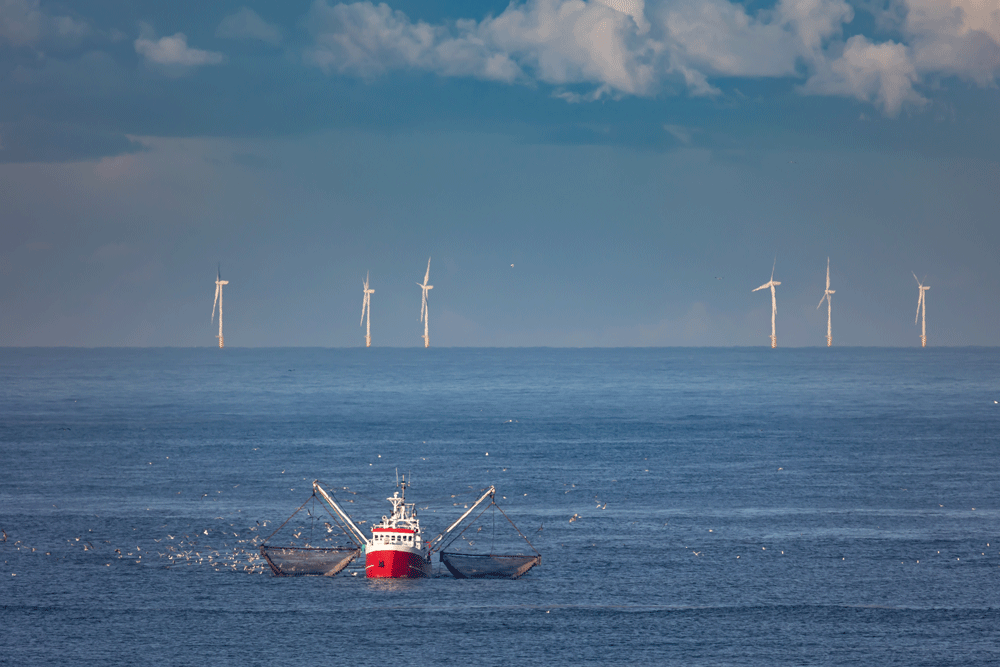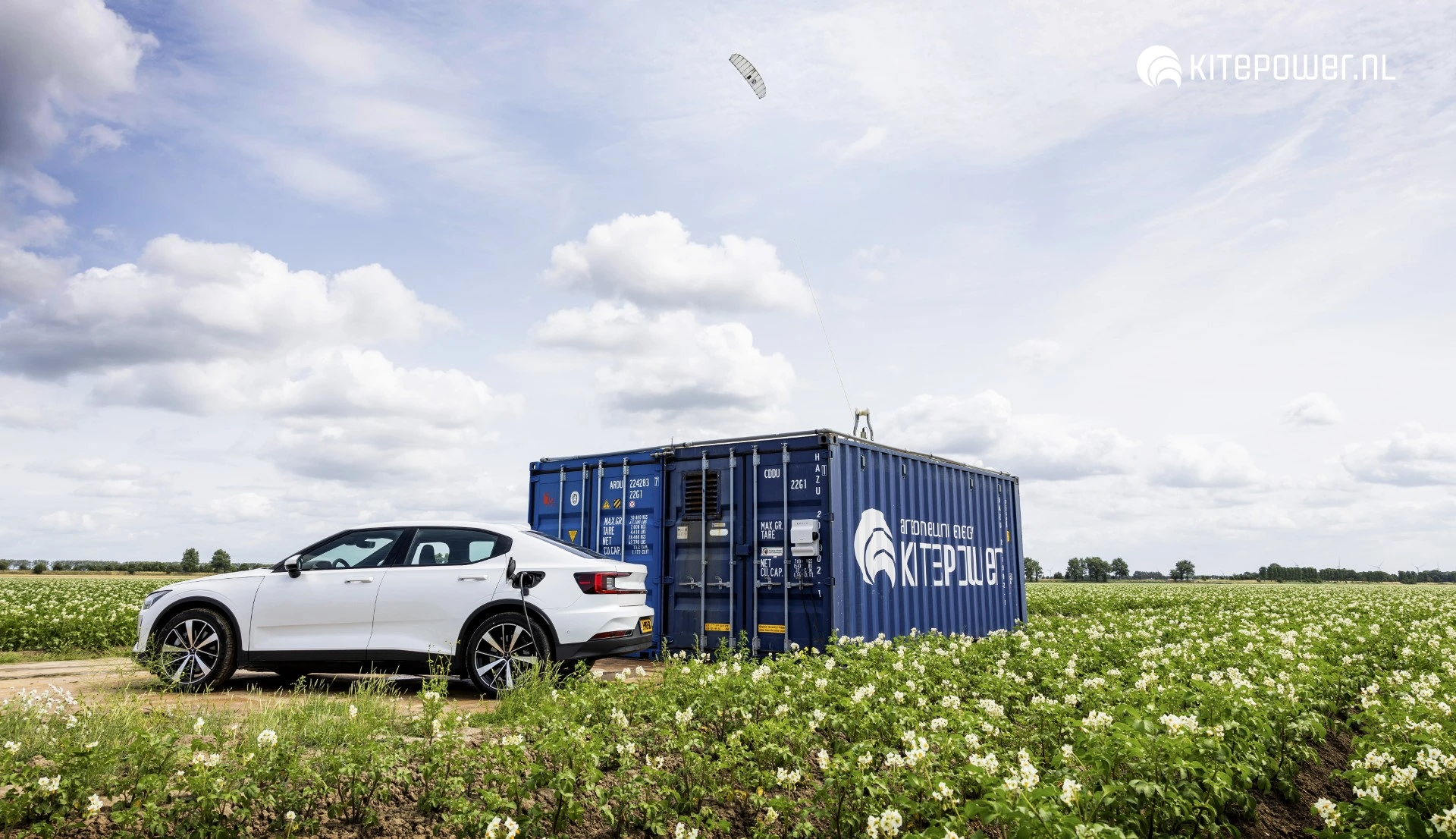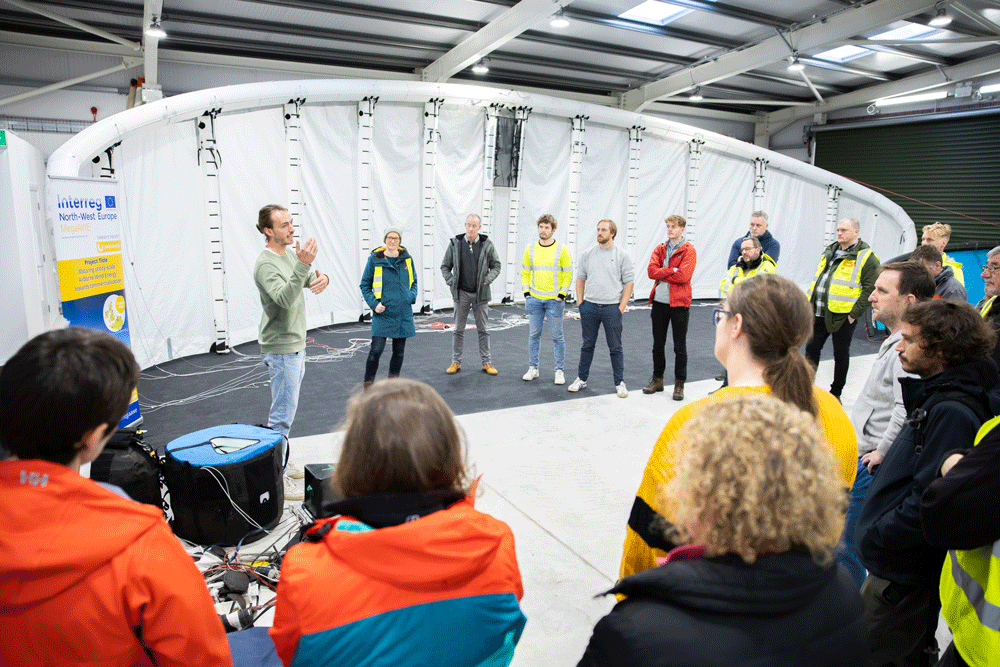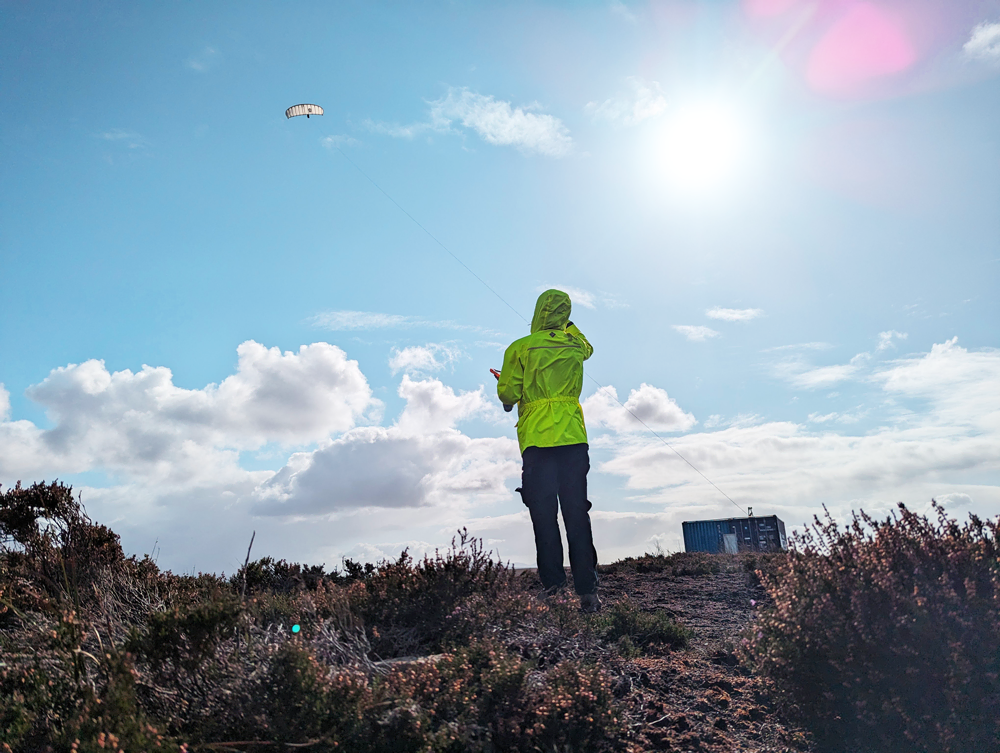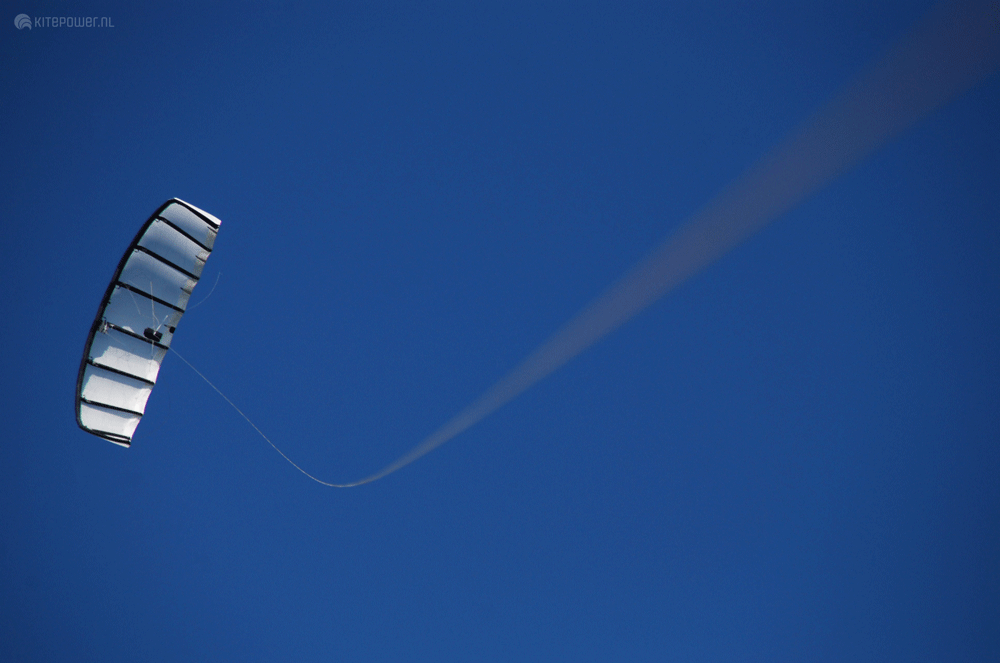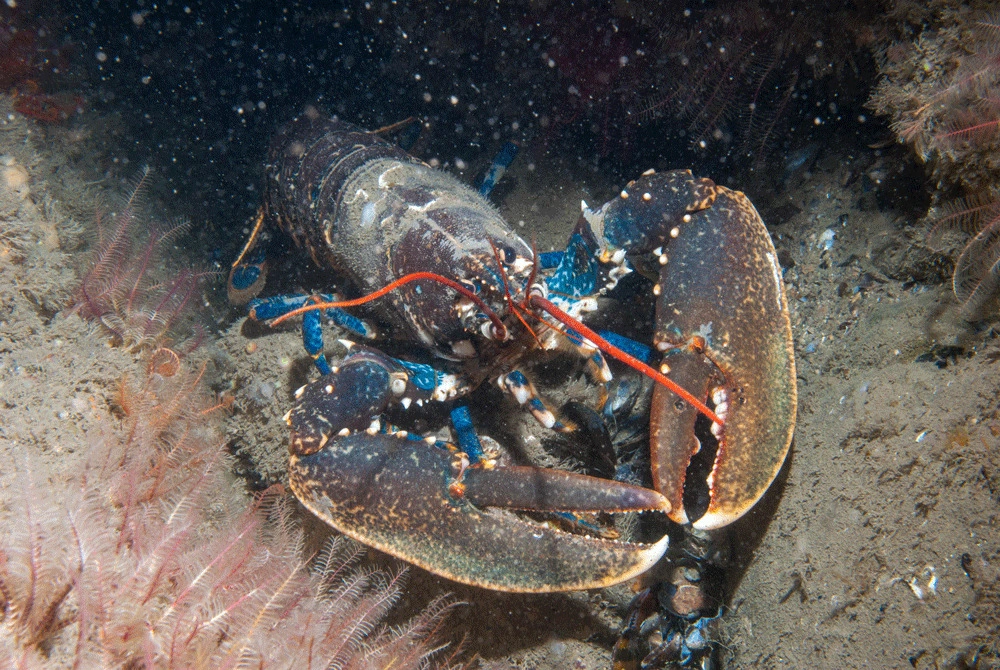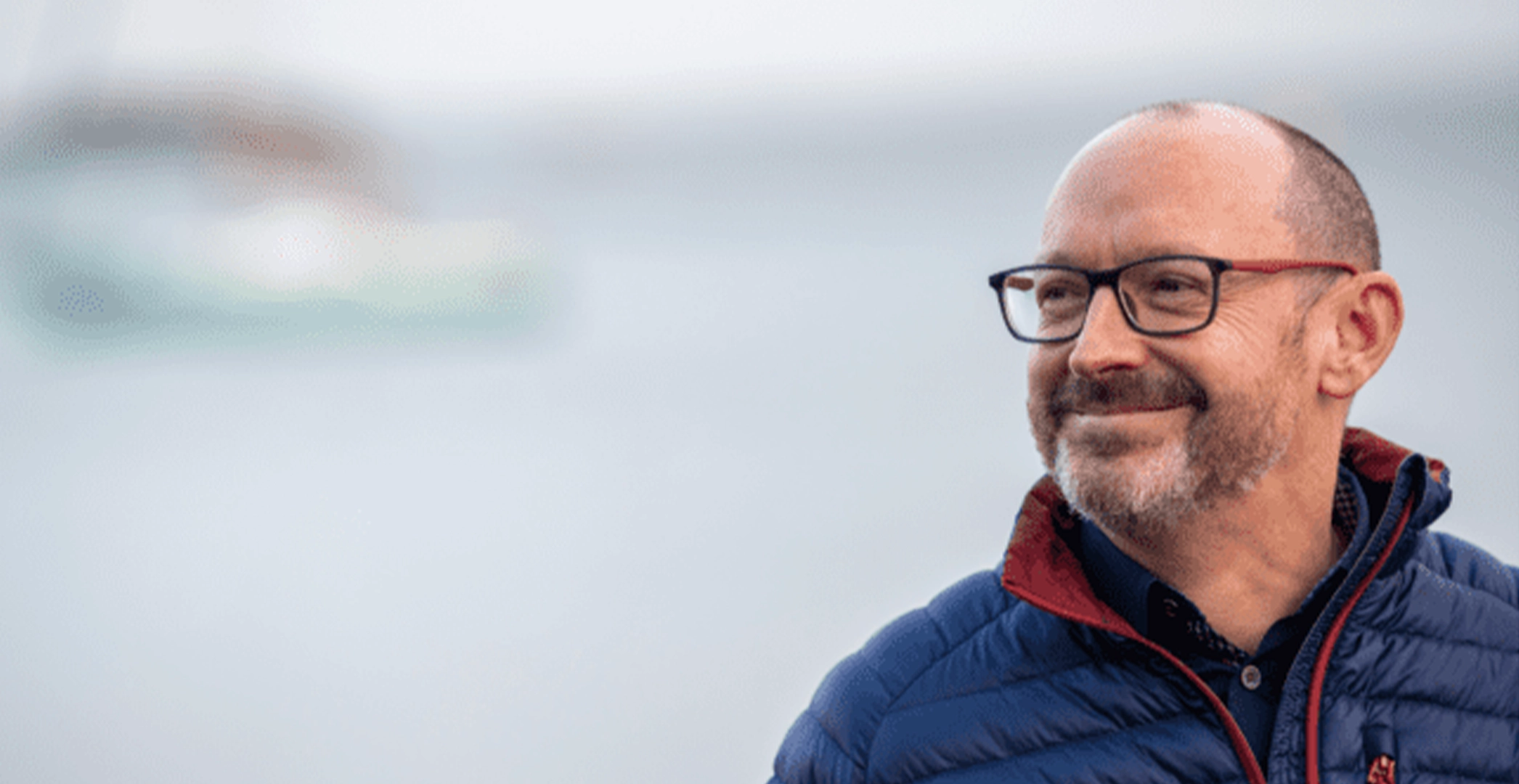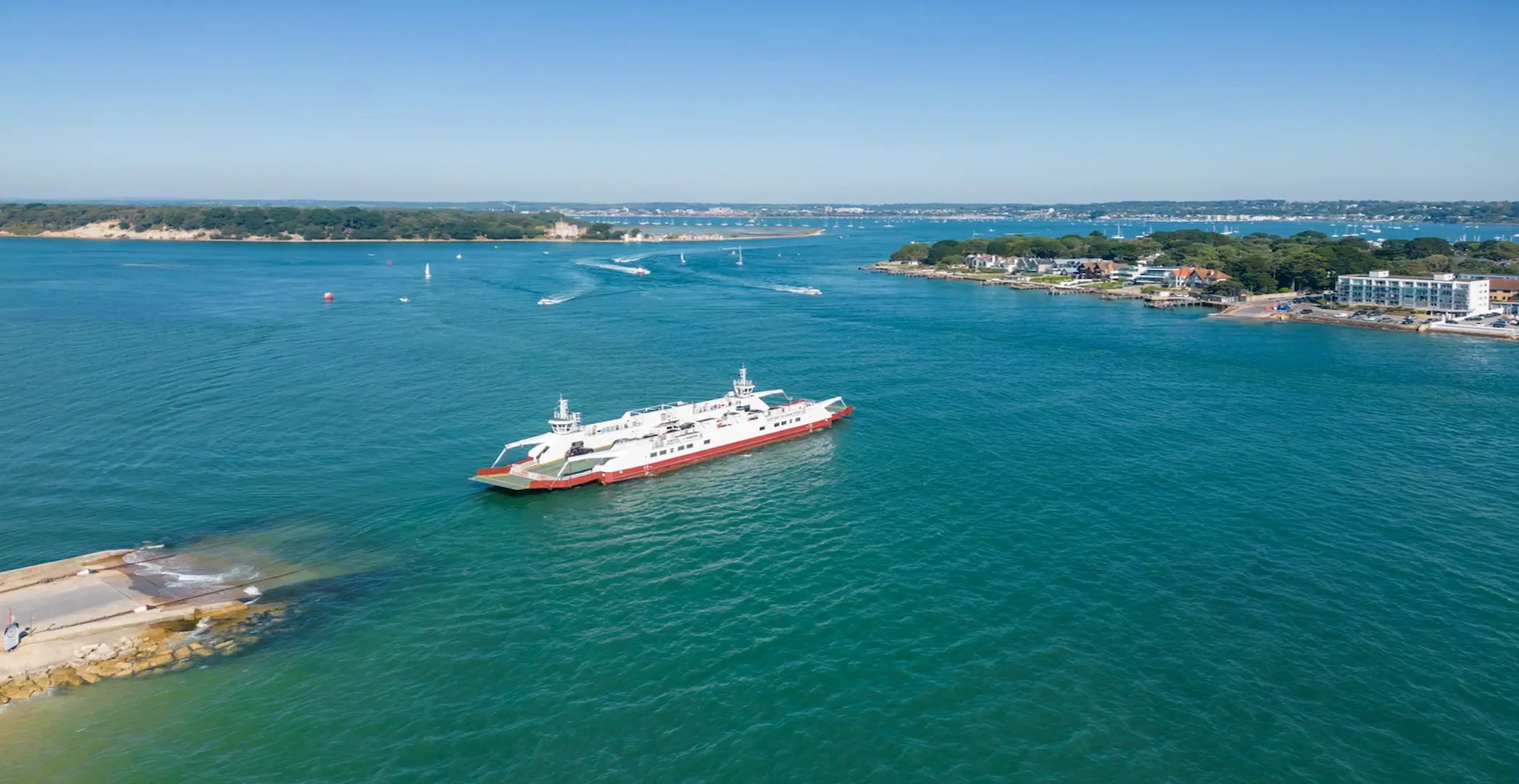BlueWise Marine provided a comprehensive overview of how offshore wind site investigation surveys may impact Irish fisheries.
While critical impacts are highly unlikely, certain fish and shellfish may experience temporary stress from specific noise generated by surveying equipment. However, research indicates a tendency for recovery and recommends mitigation measures to minimise the impacts.

While critical impacts are highly unlikely, certain fish and shellfish may experience temporary stress from specific noise generated by surveying equipment. However, research indicates a tendency for recovery and recommends mitigation measures to minimise the impacts.
There are certain gaps in the literature on the subject, and most of the studies included in the review investigated the impacts of seismic surveys used for oil and gas exploration, which use airgun arrays to make reflected sound waves to scan Earth’s subsurface. This technique employs a higher-intensity sound than offshore wind geophysical and geotechnical site investigation surveys would. Airgun arrays are seen by many experts as the most impactful form of marine geophysical research and have been subject to regulation and mitigation guidance.
While offshore renewable industry is not expected to use airguns and airgun arrays during site investigation surveys, the mitigation measures created to protect marine mammals from their effects could potentially protect fish and shellfish too.
At the same time, the review highlighted a need for additional research to understand the exact nature and extent of the impacts of the surveys:
“We need to better understand the effects of the equipment the offshore renewable energy industry typically uses for geophysical and geotechnical surveys. This can be done through a combination of lab-based and field studies on the key commercially important fish and shellfish species in the vicinity of proposed wind farm developments. Conducting surveys to monitor changes in the abundance of key species in advance of site investigation surveys and construction activities would facilitate a better understanding of possible longer-term effects,” said John Breslin, BlueWise Marine’s Managing Director.
Navigating offshore wind ambition
Ireland’s plans to install at least 5GW of offshore wind energy by 2030 led to an increase in the number of applications for site investigation surveys in Irish waters.
Switching to a plan-led, enduring regime is likely to reduce the number of surveys needed. However, there are specific concerns among fishing communities who fear that site investigation activity may affect their catches, displace them from their usual grounds, or harm fish stocks, which, like all marine creatures, are sensitive to underwater acoustic noise.
Geophysical and geotechnical surveys use sound or physical disturbance to measure water depth, seafloor composition, and to identify obstacles, like shipwrecks or old ammunition. Despite being common practice, it is important to understand and minimize any possible negative impacts on commercial fisheries.
Social dialogue and scientific rigor
Comissioned by Wind Energy Ireland (WEI) to carry out the review study, the BlueWise Marine team analysed landings data, both by weight and by value, from three main sources: International Council for the Exploration of the Sea (ICES), Sea Food Protection Agency (SFPA) and the Central Statistics Office (CSO).
Based on the landings data, BlueWise Marine team compiled a list of commercially significant fish and shellfish species relevant to the Irish fishing industry, refining it with input from representatives from the fishing sector. This approach provided the data for a comprehensive and systematic literature review to ensure the evaluation was specific to Irish commercial fisheries, where possible.
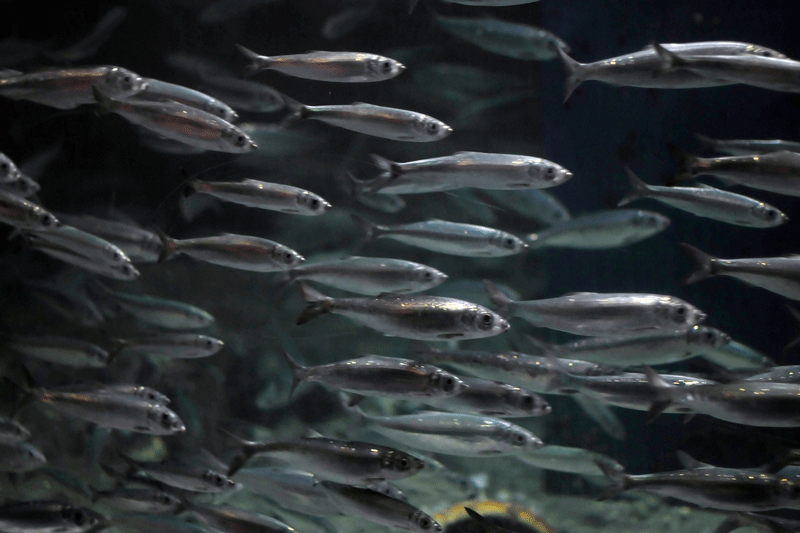
Knowledge gaps and research needs
Underwater acoustics is an advanced field, but most studies on the impact of sound have prioritised marine mammals. More recently, while there are several studies on important commercial finfish species such as cod, herring, or mackerel, studies on shellfish are less common, and in the case of gastropod mollusks, such as whelk, relevant studies don’t yet exist. Additionally, much of the existing research relies on lab experiments that may not fully reflect open-sea conditions.
More research is needed to cover the gaps in our knowledge of how fish and shellfish process sensory information, including investigations of fish sensitivity to ultrasound and to acoustic sources with lower source levels and higher frequency ranges. Furthermore, while mammals hear based on detection of sound pressure, acoustically specialised fish and invertebrates sense sound using particle motion. So, it is important to better understand the relationship between particle motion and sound pressure, especially in the coastal ocean, where the wind farms are going to be placed.
We also need to study how fish and shellfish grow and interact with ocean ecosystems so we can build accurate population models that would help further investigate the long-term exposure of fish populations to sound.
This research will likely be driven by scientific curiosity and not by industry needs. Industry could focus on short-term goals providing direct results, such as observing the responses of marine species during actual surveys, preceded and followed by monitoring of health indicators.
Mitigating potential impacts
While the study concludes that critical impacts leading to instant mortality are unlikely, it acknowledges the potential for stress among marine animals, citing research that observed altered metabolic rates and other bio-indicators from specific sources of noise. Rogerio Chumbinho, Director and Senior Project Manager at BlueWise Marine, emphasizes its temporary nature:
“The stress indicators reported in research are similar to those experienced by any other animal when exposed to an unusual event. They are normally not critical to survival, although they may induce a temporary change of behaviour. Since the disturbance from a geophysical site investigation survey is temporary in space and time and is caused by less impactful surveying equipment than reported in research we reviewed, any stress responses by fish and shellfish are likely to be short-lived,” he says.
Key mitigation measures include avoiding fish spawning grounds and seasons and employing a “slow start technique”, during which the power at the acoustic source is increased gradually following pre-determined steps, helping fish to keep away from the area. Testing the equipment on a small-scale before the survey could help too.
Furthermore, to minimise the impacts, offshore wind developers may choose to combine surveying activity for several projects and allow enough time between the surveys, so fish and shellfish populations have sufficient time to recover.
Striking a balance
In conclusion, the study by BlueWise Marine contributes valuable insights to the ongoing dialogue between the offshore wind industry and the fishing community in Ireland. Prioritising responsible practices and strengthening the scientific base on this matter enriches dialogue and can help support the co-existence of offshore renewable energy and other marine users.
View the review study at the Wind Energy Ireland website
Acknowledgements
Contributions, data, and insightful comments received from various people and organisations have been fundamental to the successful completion of this study. BlueWise Marine is deeply grateful to John Lynch – Irish South & East Fish Producers Organisation (ISFPO), Teresa Morrissey – Irish Farmer’s Association (IFA) Aquaculture Committee, Patrick Murphy – Irish South & West Fish Producers Organisation (ISWFPO), Seamus Breathnach – Fisheries Local Action Group – Regional Coordinator West of Ireland, Kevin Conneely – Western Inshore Fisheries Forum, Robert McCabe – Chair ORE Seafood WG, Justin Moran – Director Communications WEI, Dr. Colm Lordan – Marine Institute, Ian Lawler – Bord Iascaigh Mhara, Edward Farrell and Michael Keatinge, Killybegs Fishermen’s Organisation.
This study was made possible thanks to the support of: SSE Renewables, DP Energy, Mainstream Renewable Power, ESB, RWE, Galetech Group, Codling Wind Park, Ocean Winds and Wind Energy Ireland.

